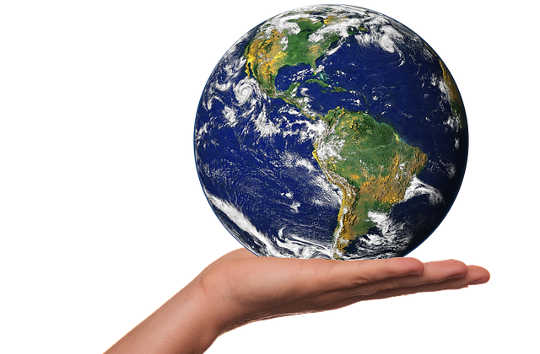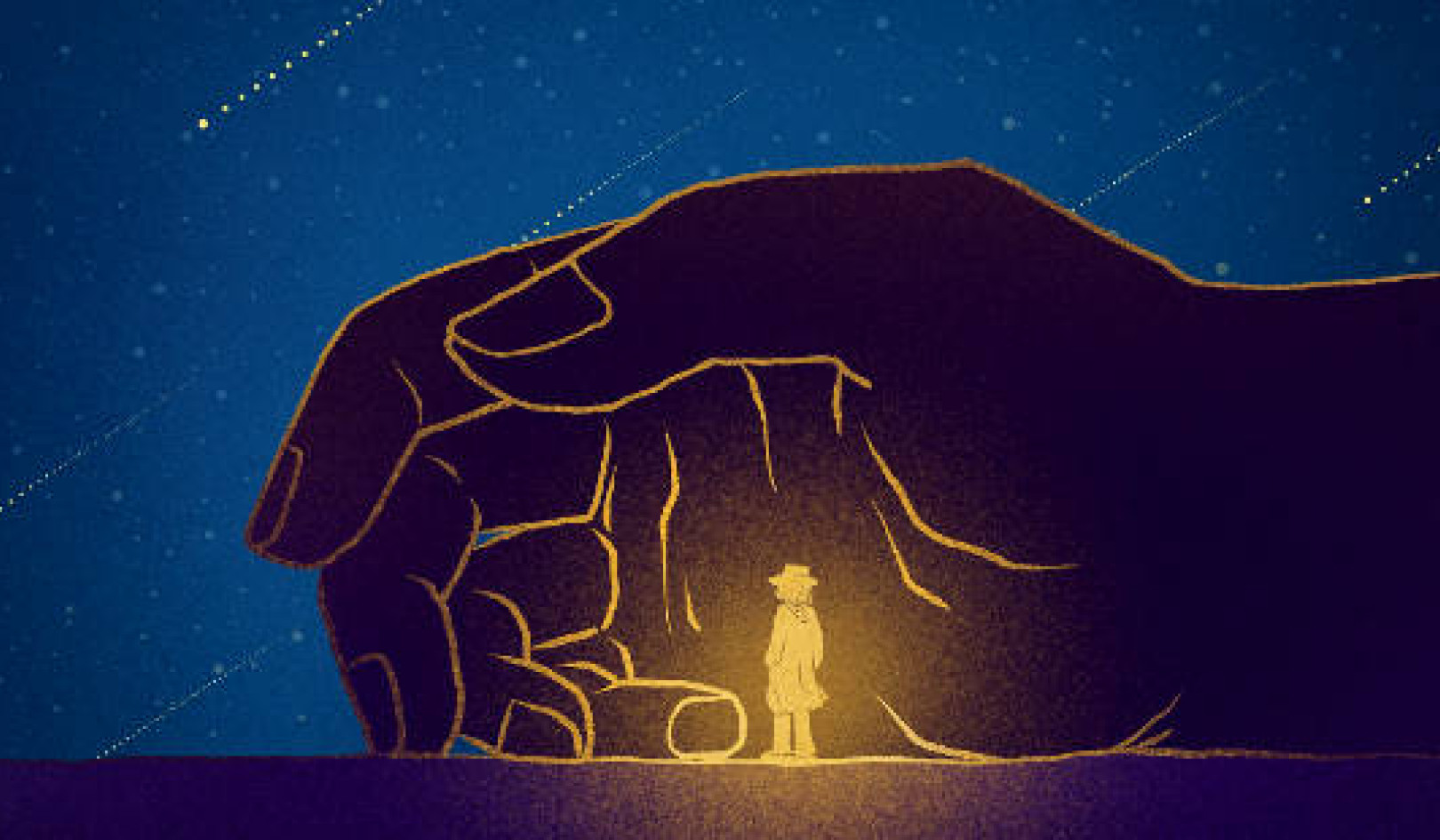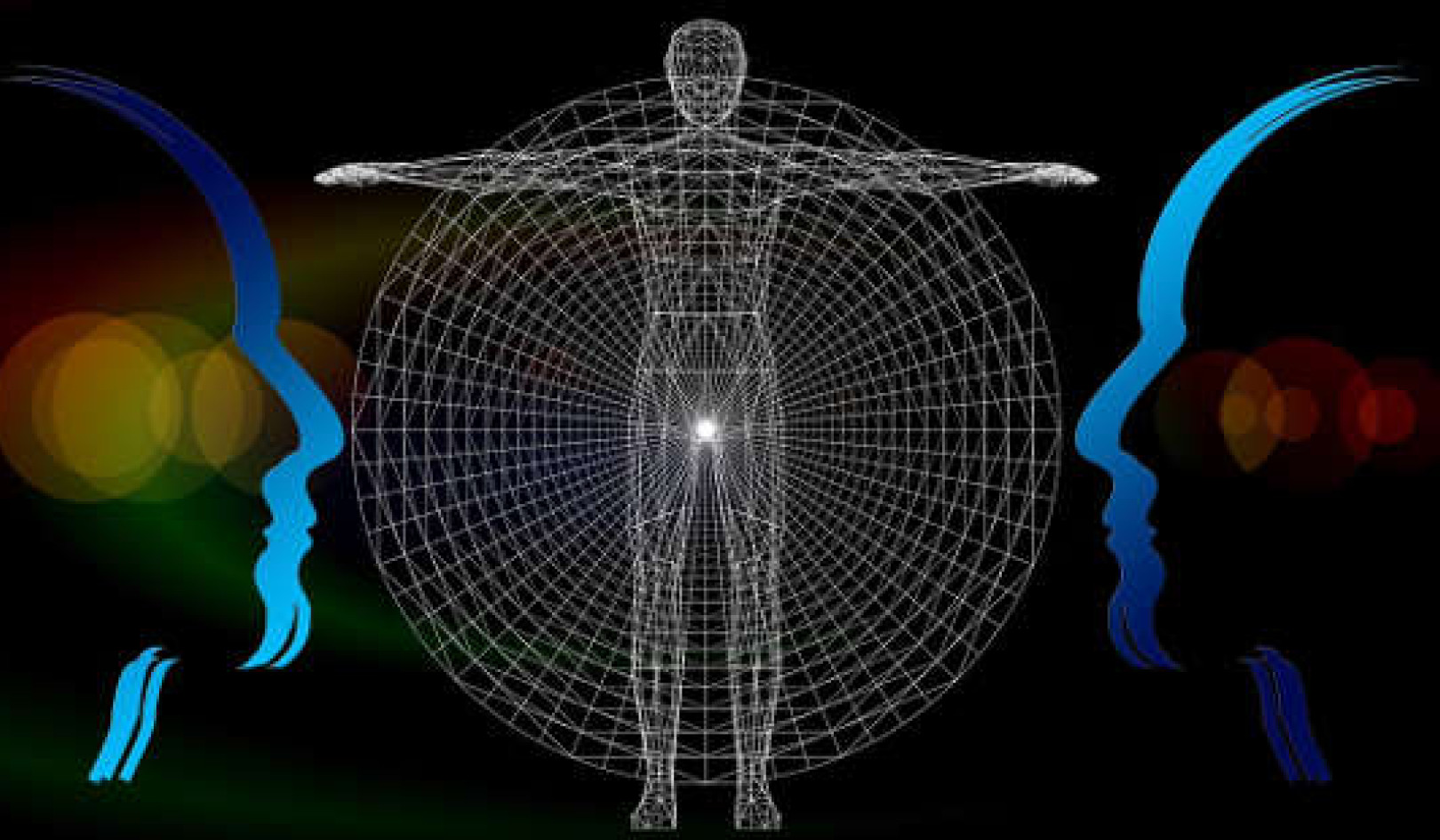
Image by Tumisu
My personal mindfulness experiences in nature — watching myself and the nature of my mind while I watch, say, a river — allow me to see myself much more clearly. Like the river, my mind is a flow that moves uniquely, yet consistently, over the same bumps and crevices. Like the river, the movements of my mind become well-known to me.
When we watch water, we don’t know exactly how the water will look. Water is endlessly creative and always moves uniquely, but we know that unless it is stopped, we can count on it flowing over the same rocks. Watching ourselves amidst the ambiance of nature rituals, seeing ourselves reflected in the river, the tree, the bug, the wind, the sun, helps us reconnect with the natural rhythms that are the basic structure of our being and experience.
On a psychological and cultural level, the core truth of ecology, that an organism can only be understood in the context of our natural environment, is equally true of the human person. On a spiritual level, understanding our primary connection and responsibility to our natural environment is essential to understanding our ethical tasks as individuals and communities.
Currents of Awe: Everything Is Connected
My experience with rivers is beautifully reflected in the currents of awe that mingle with theory in Western visionary environmental thought. The single most important, and awe-inspiring, idea from the past century of environmental thought can be expressed in one deceptively simple maxim: everything is connected. This is both a philosophical idea and an opportunity for experiencing ourselves in new ways that shift our underlying beliefs, thereby transforming our actions.
By fostering the relational senses that flow from the realization that everything is connected, we move toward re-indigenized ways of knowing. By following the trail of our own intellectual evolution, we resume our ancestral sense of belonging and place on a local, planetary and cosmic scale. As we live into the truth that everything is connected, the locus of personal and communal meaning begins to shift.
As a thinker and teacher, I am most influenced by these streams in environmental thought: participatory thinking, deep ecology, spiritual ecology and ecopsychology. While my work derives from Western thought, it is important to acknowledge that Anglo-environmental thought is deeply influenced by Eastern spiritual perspectives and indigenous ways of knowing. While I call the thinkers discussed in this chapter the theoretical basis of my work, and they certainly are, they are also poets singing the glory of the natural world and the cosmos. Scholarly writing often transitions to sacred reverence for the Earth in the pages of the books I will mention, capturing the reawakening of the Western mind to the enchantment of the world.
A Shifting Sense of Self: From Separation to Care and Connection
Our actions emanate from who we think we are. Our sense of ourselves, our beliefs about our SELF, are so ingrained that we rarely stop to examine them. Even if we do take the time to explore our beliefs about ourselves, many of the most basic assumptions and values that underlie our experience are not visible to us; they are deeply embedded in the historical and cultural belief systems of our families, communities and nations. These matrices of beliefs intersect with, and offer avenues to express, instinctual needs, longings and desires. These belief systems change over time, albeit usually quite slowly.
It is argued by many Western environmental thinkers that our current psychological and ethical stance toward the biosphere and other species is evolving, shifting the ingrained Western sense of a separate, delineated self. Specifically, the idea that human needs should come before the needs of the natural world and other species is no longer assumed.
The idea that Western people are superior to the Earth, human “others,” other creatures and natural cycles is changing. Increasingly, in public discourse, it is no longer presumed that the natural world is something to be used primarily to human advantage. The ethics of human rights are an important legacy of the 20th century. Environmental thinkers broaden this concern to consider the possibility of “rights” for natural beings, species, ecosystems and the planet.
Transforming Into An Ecological Age
Ecotheologian and historian Thomas Berry offered a now famous readjustment of Western thinking that captures the evolution of the idea of the Western “self,” as well as the dominant ethical stance toward nature. One of his most famous ideas, repeated throughout his work, captures with profound wisdom and simplicity the shift that is required to heal our relationship with the Earth community; he suggests that to transform into an ecological age, we must begin to see the world as a communion of subjects, rather than a collection of objects.
Here is an example of Berry’s use of this phrase from his book, The Great Work: “These spontaneities express the inner value of each being in such a manner that we must say of the universe that it is a communion of subjects, not a collection of objects.” Berry’s work quickens the heart and stirs the soul to rediscover the beauty of the Earth.
Like Emerson and the American transcendentalists, Berry is committed to translating an Earth ethic through the sublime. Though Berry’s work isn’t the beginning or the end of visionary environmental thought, his work moves the field toward an ethic of care for the Earth by acknowledging the sacred awe required to care for all of life.
In Western culture, we begin learning that the world is a “collection of objects” from a very young age. This is a result of the defining Cartesian/Newtonian mechanistic worldview that has dominated Western consciousness for more than 400 years.
The Western SELF, in this framework, is a separate entity existing in a world of separate entities. I am reminded of an example from my son’s early years that illustrates the mechanistic worldview quite well. At the age of three, my son said to my husband, “What is the universe made of?” My husband answered, “Atoms, molecules, electrons, tiny units of energy.” I said, “That is what we learned in school, but is it really true?”
Though it was likely annoying for my husband, I suggested that we could view the world instead as made up of interacting relationships of energy, another idea we learn in school. Why do we tend to focus on the separate entities that we believe to be the “building blocks” of the universe rather than the energetic relationships between them?
Another way to answer this kind of question is to focus on a relational model of reality: not to describe the individual parts, but to focus on the relationships and interactions that make up our world and the universe. What this story illustrates is our ingrained tendency, in Western cultures, to experience ourselves and understand reality as a “collection of objects,” or in other words, from an atomistic perspective. The reason we do this is a long and complex story that requires grappling with the history of Western thought (which is beyond the scope of this book).
Suffice to say, for the moment, that our Western belief structures give us the impression that we are separate individual “selves” moving around and among separate individual “selves.” It comes as a surprise to many people indoctrinated into Western thinking that not all people on the Earth experience their “selves” this way. In fact, the notion of a separate self is only one way of experiencing life, which has pluses, and many minuses.
Reconnecting With The Earth Community
Delving into environmental thought and spirituality provides alternative perspectives for understanding our “selves” in relationship with others, the world and the cosmos. To face the challenges of our age, we need methods for developing new beliefs and patterns of living through the wisdom that is available by reconnecting with the Earth community.
Environmental thinkers provide one path to these new ways of thinking and being by helping us understand our connections with all of life. As one of the early thinkers in Western environmental thought, Ralph Waldo Emerson championed the essential spiritual experience of nature as the core of an ethical relationship to the land. These famous words from his essay, “Nature,” capture this well:
Standing on the bare ground, my head bathed by the blithe air,
and uplifted into infinite space, all mean egotism vanishes.
I become a transparent eyeball; I am nothing; I see all;
the currents of the Universal Being circulate through me;
I am part or particle of God?...?
I am the lover of uncontained and immortal beauty.
In the wilderness, I find something more dear and connate
than in streets or villages. In the tranquil landscape, and especially
in the distant line of the horizon, man beholds
somewhat as beautiful as his own nature. (Nature, 1836, 10)?
The Participatory Worldview
We begin to assimilate the worldview of objects very young. We get the idea from what we are taught about ourselves: that we are separate entities existing in a world of separate entities. Reductionism, or the idea that things can best be understood by breaking them into their individual parts, is being replaced within certain strata of environmental thought.
The scientific and philosophical field of ecology presents a worldview in which experience and the world can best be understood through complex webs of relationship. Participatory thought, an important offshoot of environmental thought from the last century, supports the idea that the world is relational, rather than atomistic and mechanistic.
The aspects of ourselves that develop in an atomistic worldview are very different from those that develop in a relational worldview. In the context of our evolution, we have existed as a species within a relational world view much longer than we have in an atomistic one.
The ideas that support the experience of a separate self can be traced back to many thinkers in Western history, including Descartes, Newton and others. The idea of a relational, participatory view of the self and the world is both ancient and supported by contemporary fields of inquiry that feed into environmental thought; these include: general systems theory, quantum physics, the biological understanding of ecology, gestalt theory, field theory and so many more.
The table below introduces key concepts of the participatory worldview by contrasting it with the dominant aspects of the current mechanistic worldview:
|
Mechanistic Worldview |
Participatory Worldview |
|
Emphasizes reductionism |
Emphasizes holism |
|
Dualistic, subject—object approach to reality |
Interactive, cooperative approach to reality |
|
Ethically neutral and detached |
Incorporates a strong axiological component |
|
Universe is made of dead inert matter |
Universe is active, animated and co-creative |
|
Objects are external to the mind |
General qualities of sharing, of partaking and of interacting exist at all levels of reality |
|
Quantitative analysis |
Qualitative analysis |
|
Scientific method |
Methodologies of participation and action research |
An Evolving Worldview
As a philosophical perspective on the nature of reality, participation is an evolving worldview with broad and complex origins, including both long and deep roots in the Western philosophical canon (especially Romanticism) and more recent influences issuing from continental philosophy and the scientific community. Kenyan philosopher John Mbiti provides an excellent encapsulation of the participatory worldview, which closely resembles the idea from Thomas Berry mentioned earlier in the chapter.
Mbiti captures the essence of a participatory worldview in his transformation of Descartes’s famous dictum from, “I think therefore I am,” to “I belong therefore I am” (Moodie 2004, 4). Though this comment is made in reference to indigenous knowledge as it differs from imperialist systems of knowledge, and though it refers to belonging in a social sense, “I belong therefore I am” works just as effectively to describe the participatory view that all of life is interconnected.
The participatory reorientation toward belonging on a cosmic scale arises from the profound need to heal and replace the mind-body split deepened and systemized by Cartesian first philosophy. “I belong therefore I am” encapsulates the participatory expansion of human belonging from the level of human social communities and motivations to concern for the Earth and cosmic communities. This expansive, relational worldview transforms the schema for understanding the nature of the self in Western culture, offering new pathways for experiencing ourselves and the world.
©2020 by Elizabeth E. Meachem, Ph.D. All Rights Reserved.
Excerpted with permission from the book: Earth Spirit Dreaming.
Publisher: Findhorn Press, a divn. of Inner Traditions Intl
Article Source
Earth Spirit Dreaming: Shamanic Ecotherapy Practices
by Elizabeth E. Meacham, Ph.D. Illuminating a shamanic awakening within Western culture at the dawn of an ecological age, Earth Spirit Dreaming reveals how the birth of a global consciousness of healing depends upon our commitment to individual and collective spiritual evolution. Calling us back to our shamanic heritage of a living nature spirituality, this manual offers much needed guidance on the essential journey back to an intimate love of Earth.
Illuminating a shamanic awakening within Western culture at the dawn of an ecological age, Earth Spirit Dreaming reveals how the birth of a global consciousness of healing depends upon our commitment to individual and collective spiritual evolution. Calling us back to our shamanic heritage of a living nature spirituality, this manual offers much needed guidance on the essential journey back to an intimate love of Earth.
For more info, or to order this book, click here. (Also available as a Kindle edition and as an Audiobook.)
About the Author
 Elizabeth E. Meacham, Ph.D., is an environmental philosopher, teacher, healer, spiritual mentor, and musician. She is the founder and codirector of the Lake Erie Institute for Holistic Environmental Education. Her workshops and training courses offer initiatory experiences that reflect her long-term engagement as a student of the Earth and Cosmos. Visit her website at elizabethmeacham.com/
Elizabeth E. Meacham, Ph.D., is an environmental philosopher, teacher, healer, spiritual mentor, and musician. She is the founder and codirector of the Lake Erie Institute for Holistic Environmental Education. Her workshops and training courses offer initiatory experiences that reflect her long-term engagement as a student of the Earth and Cosmos. Visit her website at elizabethmeacham.com/

























